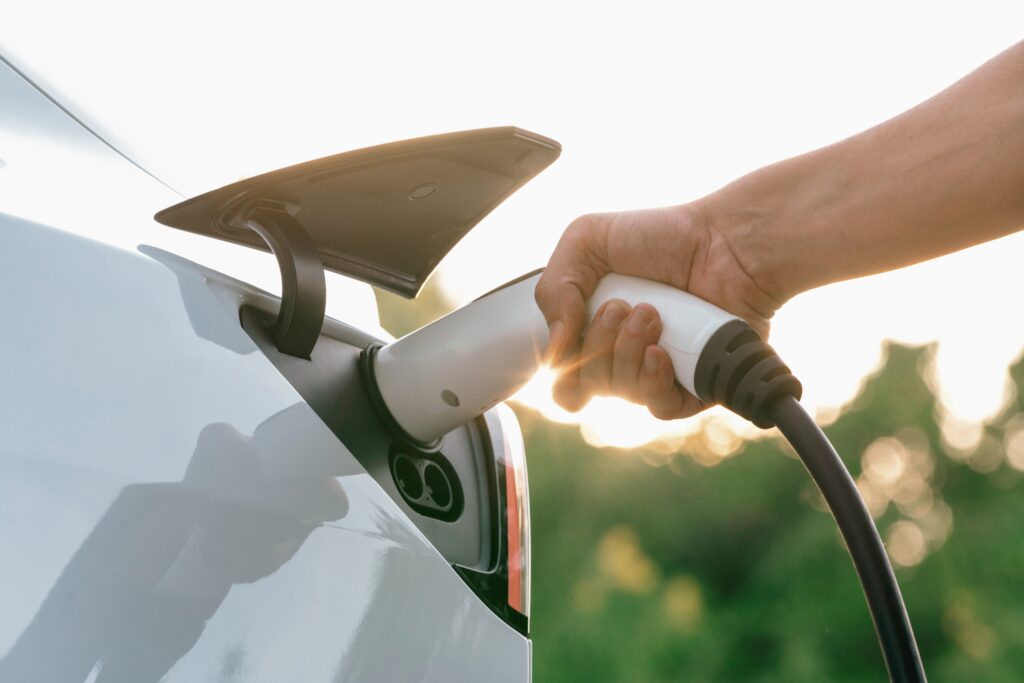The government is under pressure from car manufacturers who argue that current electric vehicle (EV) rules are too harsh. They claim that demand for electric cars has not met expectations, which is hurting sales. Ford cut 800 jobs in the UK, partly due to this issue. Vauxhall’s owner, Stellantis, plans to close its van plant in Luton, citing these new rules. So, how can more consumers be persuaded to buy electric cars?
1. Subsidize Electric Vehicle Costs
Electric vehicles are typically more expensive than petrol or diesel cars, partly due to limited production. While the government offers some subsidies, like low company car tax rates, these incentives are not enough. The plug-in grant for cars was abolished in 2022, leaving fewer incentives for those without company car access. Automotive journalist Quentin Willson suggests offering interest-free loans on used EVs and halving VAT on new cars. These measures could be funded by removing the freeze on fuel duty.
2. Lower the Price of Electric Vehicles
Battery pack prices have fallen by 70% since 2015, reducing the price gap between EVs and traditional cars. Stellantis recently sold an electric version of its Frontera at the same price as the petrol hybrid model. However, affordable EV options remain limited. Many manufacturers focus on higher-priced models, but cheaper options like the Dacia Spring, starting at £14,995, are now available. More budget-friendly models, such as BYD’s Seagull, will soon arrive in the UK.
3. Reduce Confusion About Regulations
Confusion over the government’s plans to ban petrol and diesel cars has caused delays in EV purchases. The target date shifted from 2040 to 2030 and then to 2035. Industry experts say these changes have confused consumers. Clear and consistent communication about policies is needed to help people understand the transition to electric cars.
4. Cut VAT on Public Charging
Charging at public stations is often more expensive than home charging due to higher VAT rates. EV owners pay 5% VAT for home charging but 20% for public charging. This policy unfairly burdens those without home charging options. Advocates, including a House of Lords committee, suggest lowering the VAT on public charging to 5% to make it more affordable.
5. Improve the Public Charging Network
Concerns about the availability and reliability of charging points remain a major barrier to EV adoption. While the number of charging points is increasing, many users report difficulties finding or using them. The government aims to have 300,000 charging points by 2030, but the current pace is too slow. Local authorities must streamline the planning process and address grid connectivity issues to expand the charging network more efficiently.


